In recent weeks, over 20 meat-processing facilities in the US have faced temporary shutdowns as a result of coronavirus outbreaks among workers.
An estimated 6,500 workers have been infected, and lower processing capacity has led producers and farmers to cull millions of animals.
The closures have also led to a spike in the wholesale price of beef and pork, while raising the spectre of a potential shortage of food.
In Latin America, where coronavirus cases are accelerating at a faster rate than other regions, a similar dynamic is beginning to take hold in the meat sector.
Brazil’s southernmost state of Rio Grande do Sul has reported outbreaks in nine meat processing facilities, with 124 confirmed cases between March 20 and April 27.
Earlier in March, ten other Brazilian meatpacking plants temporarily suspended operations due to a decline in demand as a result of the epidemic.
50%
The drop on meat production in Uruguay
Meanwhile in Uruguay, 22 out of the country’s 51 meat-processing facilities were either inactive or partially active as of early April, with overall production down 50%.
The widespread disruption in Uruguay was partially driven by a strike led by the Meat Industry Worker Federation (Foica). The union’s Cerro branch, which represents approximately 50% of the country’s meat workers, cited health concerns as a reason for calling the strike.
Martin Cardozo, President of Foica Cerro said in a radio interview that “it’s a strong measure […] because it weighs on businesses, workers and union leaders alike. We are acting out of solidarity with the population and the government. We are convinced it’s for the better.”
In Argentina, a meat plant in Buenos Aires province closed following the death of a food safety inspector. Five additional employees also tested positive for coronavirus, and previously 10 other plants had halted operations due to logistical disruptions.
In normal circumstances, international trade can address temporary supply disruptions or production shortages in any given country, caused for example by disease or storms.
45%
Of international beef exports come from the US, Brazil, Argentina and Uruguay
The current situation is unprecedented in that all major producers in the Americas could face supply disruptions, with the US, Brazil, Argentina and Uruguay accounting for an estimated 45% of international beef exports.
Mixed signals from China
Even prior to coronavirus, global meat supplies were down due to an outbreak of African Swine Fever, which lowered China’s pork production to a 16-year low.
The shortage of pork led to a surge in meat imports in 2019, with beef increasing 60% to 2.1 million tons, and pork 75% to 1.66 million tons, compared to 2018.
Partially driven by trade restrictions with the US, Latin America was one of the biggest beneficiaries of China’s higher imports, with major producers in the region all seeing strong growth in sales.
In 2019, Brazil’s beef exports reached a record 1.83 million tons, up from the previous record of 1.64 million tons set in 2018. The jump was largely driven by increased sales to China, which were up 39.5% compared to 2018.
Data from Argentina tell a similar story, with exports during the first 10 months of 2019 reaching a record 666,000 metric tons, and China accounting for close to 50% of sales.
While 2020 was expected to be another strong year for Latin American producers, coronavirus has temporarily disrupted meat consumption and trade patterns.
Although specific figures are not available, Rabobank estimates that Chinese consumption of beef, poultry and pork all declined during the first quarter of 2020, driven by the closure of restaurants and fresh markets.
Imports of beef are also expected to be lower during the first half of 2020, due to a large quantity purchased ahead of the Lunar New Year, and subsequently not consumed.
Nevertheless, the impact of Chinese market dislocations on Latin America has so far been mixed.
Argentina saw a reduction in shipments of 35% in January compared to December, with a further 30% decline in February. Sales in March were only 15% of those registered in late 2019.
In an interview with Reuters, Mario Ravettino, president of the ABC consortium of Argentine meat exporters, said that the decline is due to “port logistics difficulties caused by quarantine measures, which have also affected demand patterns of beef.”
Brazil on the other hand has doubled its March shipments of beef to China compared to 2019, following a slowdown during the first two months of the year. With decreased demand from other major markets such as the European Union, exports are now even more dependent on China, which accounted for 35% of sales in March.
Environmental and economic impact of cattle
In recent years, increased production of beef and grains has been tied to deforestation and loss of biodiversity in the Amazon. Farming of cattle also generates significant amounts of planet-warming methane.
While a protracted reduction in demand from China and other major markets could in theory reduce some of these environmental pressures, lasting changes would take longer to materialise.
Alejandro Salemme, a cattle producer and member of the Argentinian Angus Association, says that “beef production cycles can last two to three years, so any changes in supply won’t be reflected from one day to the next.”
So far there are no signs of decreased cattle farming across Latin America, in spite of plant shutdowns and logistics disruptions. And while some US producers are slowing the growth of their livestock to cope with plant closures, experts believe there has been no fundamental, long-term shift in the supply outlook.
As long as meat exports remain a fundamental economic engine for countries such as Brazil, Argentina and Uruguay – particularly on the back of record sales to China – there will be a strong incentive to continue production.
Mr Salemme believes that short-term disruptions notwithstanding, Argentinian production will continue to grow, and that China represents a huge untapped market for premium cuts, which have traditionally been sold to Europe.
Public health considerations
As an essential industry, food production has largely been exempt from lockdown measures. But with rising infections within meat plants, governments now face a difficult choice between public health and the economic impact of shutdowns.
Following reports of infections within plants in Rio Grande do Sul, state prosecutors filed a lawsuit to temporarily close two plants, in order to slow the spread of the virus.
To try and increase worker safety, Brazil’s Secretariat of Health is also requiring all meat processors to establish a contingency plan to prevent, monitor and control Covid-19.
The greatest challenge will be on the supply side and on the industry’s capacity to continue supplying products in the same way
The plan calls for increased distancing and the installation of physical barriers between workers, use of personal protective equipment, staggered work shifts and active monitoring of symptoms.
Argentina has implemented similar guidelines, which include changes in production workflows to reduce the risk of contagion, increased sanitation requirements, and a protocol if positive cases are detected.
Meanwhile in the US, President Trump has taken the drastic step of classifying meat plants as “critical infrastructure” in order to avoid a shortage of food amid coronavirus. The decision has been controversial due its potential implications on public health and worker safety.
Lorival Luz, CEO of BRF, one of Brazil’s largest meat producers, said in recent conference call that “the greatest challenge will be on the supply side and on the industry’s capacity to continue supplying products in the same way.”
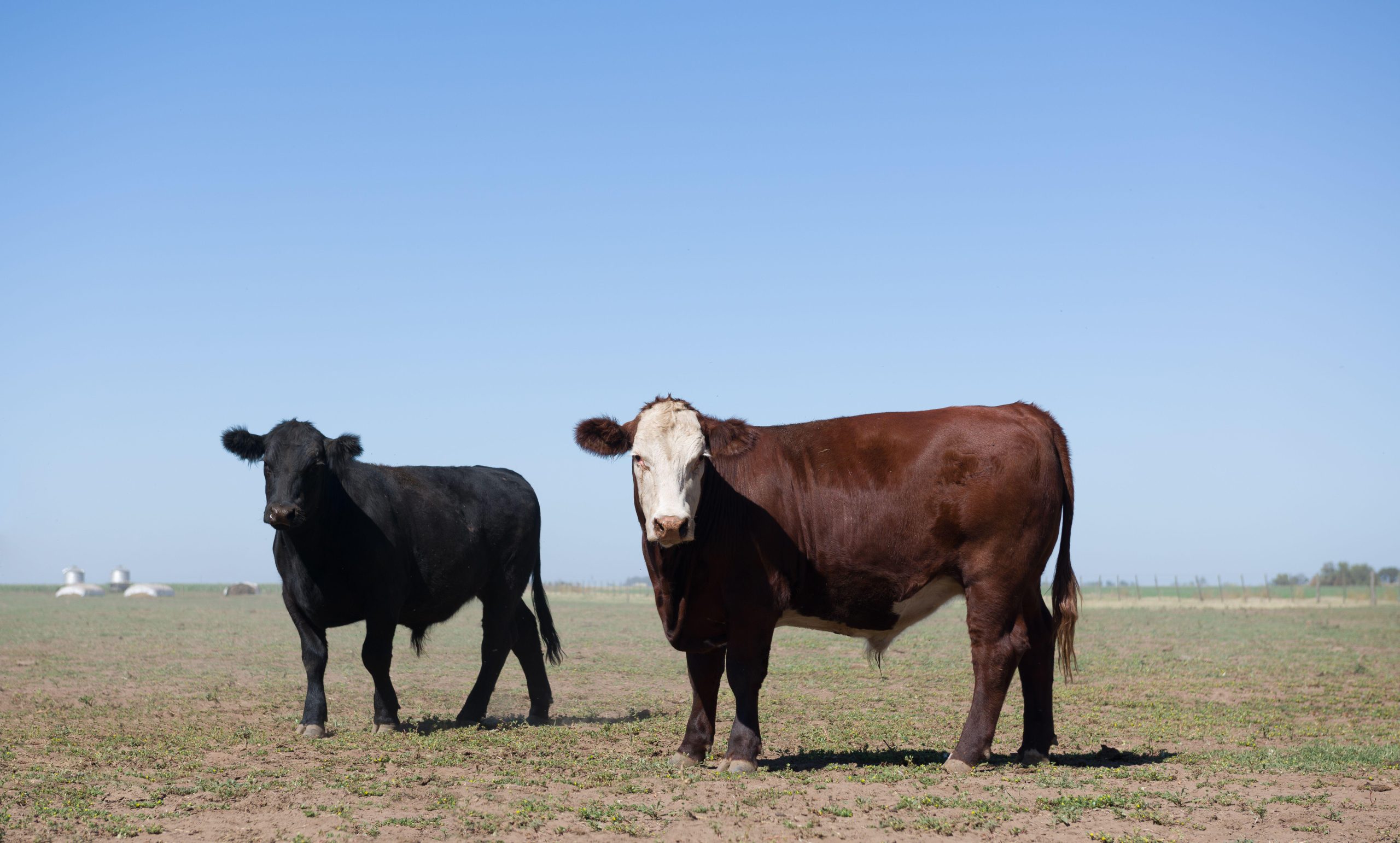
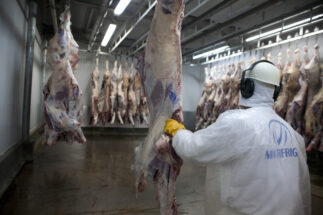
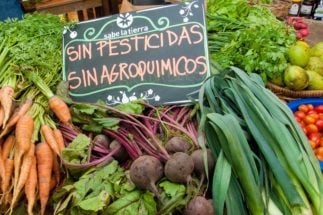
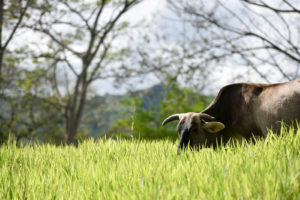
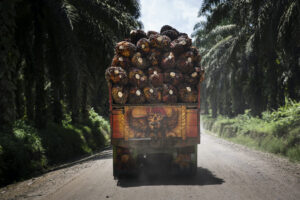


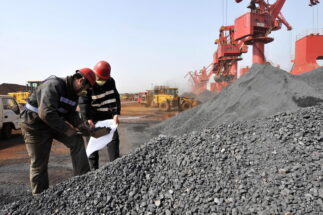
![There could be more muddy rain in the future, scientists say, as climate change makes wind patterns more erratic and unpredictable [Kathmandu image by: Alamy]](https://dialogue.earth/content/uploads/2020/06/Kathmandu-300x200.jpg)